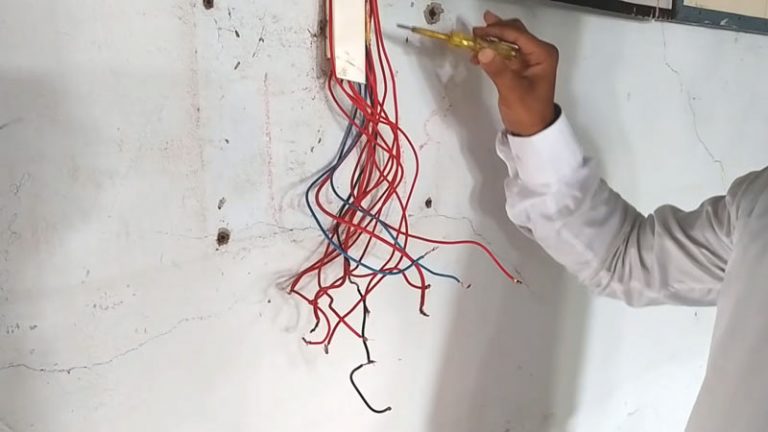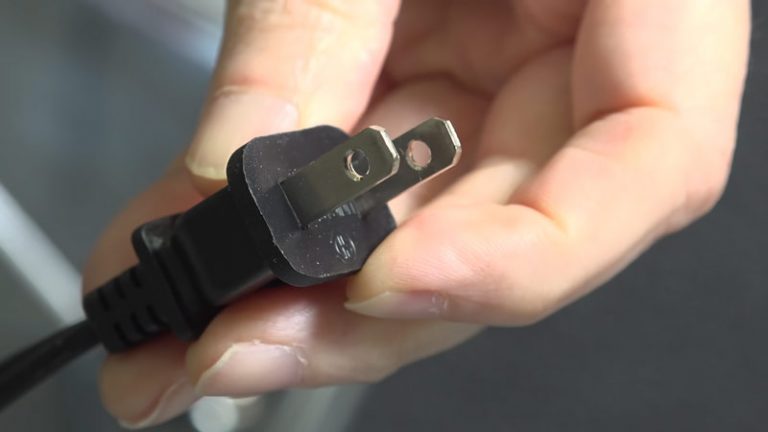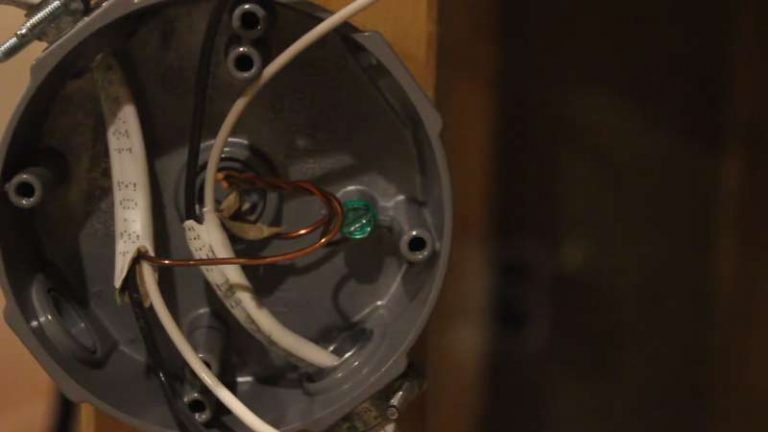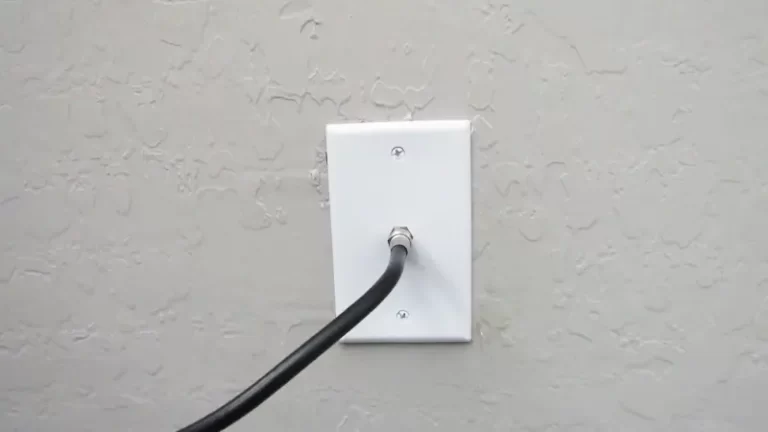How to Run Power to Gazebo?
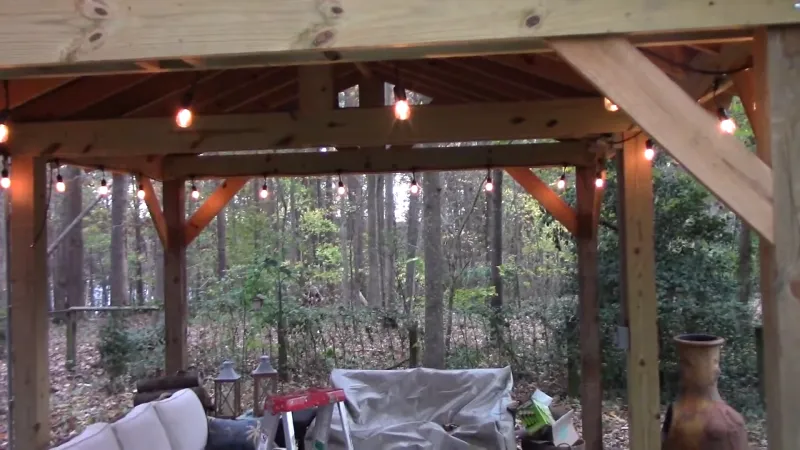
Having electricity in a gazebo can greatly enhance the use and enjoyment of the space. It allows for the use of electric appliances, lighting, and other devices, making the gazebo a more versatile and comfortable place to spend time.
However, running power to a gazebo is a complex task that requires a thorough understanding of electrical codes and regulations, as well as the proper tools and equipment. It is important to hire a qualified electrician to ensure the project is completed safely and correctly.
In this guide, we will outline the steps involved in running power to a gazebo and provide some helpful tips and considerations.
You'll Learn About
Determine Local Codes and Regulations
Before starting any work on running power to a gazebo, it is essential to determine the local codes and regulations that apply to your project.
Obtaining a Permit
This may include obtaining a permit from your local building department and having the work inspected by a code official. Failure to follow these guidelines can result in fines and other penalties, as well as potential safety hazards.
Meets All Necessary Requirements
To ensure that your project meets all necessary requirements, it is important to consult with your local building department and familiarize yourself with the applicable electrical codes and guidelines. This may include the National Electrical Code (NEC), which is the standard for the safe installation of electrical wiring and equipment in the United States.
Information on the Specific Requirements
Your local building department or electrical inspector can provide you with information on the specific requirements for your area, as well as any necessary permits and inspections. It is also a good idea to discuss your plans with a qualified electrician to ensure that the project is completed safely and in compliance with all local regulations.
Accessing an Existing Outdoor Power Outlet
To safely run an extension cord from an existing outdoor power outlet to your gazebo, follow these steps:
- Make sure the power is turned off at the outlet. You can do this by unplugging any appliances that are plugged into the outlet, or by turning off the circuit breaker that supplies power to the outlet.
- Choose an extension cord that is rated for outdoor use and is long enough to reach from the outlet to the gazebo. Make sure the cord is heavy enough to handle the load you will be placing on it.
- Plug one end of the extension cord into the outdoor outlet and the other end into a power strip or surge protector that is rated for outdoor use. This will allow you to easily plug in multiple appliances or lighting fixtures.
- Run the extension cord along a clear path from the outlet to the gazebo, making sure to keep it away from areas where it could be tripped over or damaged.
- Once you reach the gazebo, plug in your appliances or lighting fixtures and turn them on to test that they are working properly.
When choosing an extension cord for this purpose, it is important to consider the following factors:
- Length: Make sure the cord is long enough to reach from the outlet to the gazebo.
- Gauge: Choose a cord with a gauge that is appropriate for the load you will be placing on it. For example, if you will be using multiple appliances or lighting fixtures that require a lot of power, you will need a thicker cord with a lower gauge number.
- Rating: Make sure the cord is rated for outdoor use and can withstand exposure to the elements.
- Safety Features: Look for cords with built-in safety features such as surge protection and ground fault circuit interrupters (GFCIs). These features can help protect your appliances and lighting fixtures from power surges and reduce the risk of electrical accidents.
Gather Tools and Materials
Before starting any electrical work, it is important to gather all necessary tools and materials. For a project to run power to a gazebo, you will need the following items:
- Concrete saw: This tool is used to cut a trench in the concrete to lay the conduit and wires.
- Shovel: You will need a shovel to dig the trench to the required depth for burying the conduit.
- Conduit: Conduit is a protective tubing that is used to encase electrical wires and provide a secure connection between the outlet and the gazebo. Make sure to choose a type of conduit that is suitable for outdoor use and can withstand weather and other environmental conditions.
- Wire stripper: This tool is used to strip the insulation from the ends of the wires to make a secure connection.
- Wire nuts: Wire nuts are used to secure the wires together and provide a water-tight connection.
- Drill: You will need a drill to make holes for the conduit and to attach the outlet and box to the gazebo.
It is also a good idea to have a set of basic hand tools, such as pliers, screwdrivers, and a hammer, on hand to assist with the project. Make sure to have a safety kit with gloves, safety glasses, and other protective gear to use while working with electricity.
Turn Off Power and Prepare Outlet
Before starting any electrical work, it is essential to turn off the power to the outdoor outlet. This will prevent any accidents or injuries while working with electricity.
To turn off the power, locate the circuit breaker that controls the outdoor outlet and switch it to the “off” position. It is a good idea to test the outlet to ensure that the power has been successfully turned off before beginning any work.
Once the power has been turned off, you will need to prepare the outlet for the conduit. This may involve extending the outlet box outward so that there is a place to attach the conduit. This can be done by installing an extension ring or a box extension.
Make sure to use screws or other fasteners that are suitable for outdoor use and are able to withstand weather and other environmental conditions.
It is important to follow all safety guidelines when working with electricity. Make sure to wear protective gear, such as gloves and safety glasses, and use caution when handling wires and electrical components.
Install Conduit and Wires
To install the conduit and wires, you will need to follow these steps:
- Cut a trench in the concrete using a concrete saw. The trench should be wide and deep enough to accommodate the conduit and wires.
- Dig to the required depth for burying the conduit. This will depend on local codes and regulations, as well as the specific type of conduit you are using.
- Lay the conduit from the outlet to the gazebo. Make sure to secure the conduit in place using clamps or other fasteners.
- Extend the conduit above ground level at the gazebo. This will allow you to easily access the wires for connection to the outlet and gazebo box.
- Pull the appropriate wires through the conduit and attach them to the outlet and gazebo box. Make sure to strip the insulation from the ends of the wires and use wire nuts to secure the connections. It is important to use the correct size and type of wire for the electrical circuit, and to ensure that all connections are secure and properly insulated.
It is a good idea to have a qualified electrician check your work at this stage to ensure that everything is being installed correctly and in compliance with local codes and regulations.
Install Gfci Outlet and in-use Rain-proof Cover
To protect against electrical shocks and ensure safe use of the electrical circuit in your gazebo, it is important to install a GFCI (Ground Fault Circuit Interrupter) outlet. A GFCI outlet is designed to detect ground faults and interrupt the electrical current to prevent electrocution.
To install the GFCI outlet and in-use rain-proof cover:
- Assemble the water-tight box and outlet in the gazebo. Make sure to follow the manufacturer’s instructions and use the appropriate screws or other fasteners to secure the outlet and box in place.
- Attach the in-use rain-proof cover to the outlet. This cover is designed to protect the outlet from water and other environmental conditions while it is in use.
It is important to use a water-tight box and in-use rain-proof cover to ensure that the electrical circuit is safe to use in wet or rainy conditions. Make sure to follow all safety guidelines when working with electricity, and use caution when handling wires and electrical components.
Installing a Power Outlet Post
To install a power outlet post, you will need the following materials:
- Power outlet post kit: This will include the post, the outlet, and any necessary mounting hardware.
- Electrical wire: You will need enough wire to run from the outlet post to the electrical panel in your home.
- Electrical conduit: This will be used to protect the wire as it runs from the outlet post to the electrical panel.
- Electrical box: This will house the outlet and provide a place to attach the wires.
- Concrete: You will need enough concrete to anchor the post in place.
Here is a step-by-step guide for installing a power outlet post:
- Choose a location for the outlet post that is close to the gazebo and easily accessible, but not too close to the gazebo that it poses a safety hazard.
- Mark the location for the post and dig a hole that is slightly larger than the base of the post.
- Install the mounting plate for the outlet post according to the manufacturer’s instructions.
- Run electrical wire from the outlet post to the electrical panel in your home, using electrical conduit to protect the wire as it runs.
- Install an electrical box at the outlet post, and attach the wire to the box according to the manufacturer’s instructions.
- Install the outlet and any necessary mounting hardware according to the manufacturer’s instructions.
- Pour concrete into the hole around the base of the post, making sure to leave enough space for the wire to run through.
- Allow the concrete to set according to the manufacturer’s instructions.
- Turn the power back on and test the outlet to make sure it is working properly.
When choosing a location for the outlet post, consider the following factors:
- Proximity to the gazebo: The outlet post should be close enough to the gazebo to make it convenient to use, but not so close that it poses a safety hazard.
- Accessibility: Make sure the outlet post is easily accessible and not obstructed by other structures or obstacles.
- Safety: Choose a location that is not prone to flooding or other weather-related hazards.
- Aesthetics: Consider the appearance of the outlet post and how it will fit in with the overall design of your outdoor space.
Running Electrical Conduit to the Gazebo
To run electrical conduit to your gazebo, you will need the following materials:
- Electrical conduit: This will be used to protect the electrical wires as they run from the outlet to the gazebo.
- Electrical wire: You will need enough wire to run from the outlet to the gazebo.
- Electrical box: This will house the outlet and provide a place to attach the wires.
- GFCI outlet: This type of outlet is designed to protect against electrical accidents by interrupting the flow of electricity if it detects an imbalance in the current.
- In-use rain-proof cover: This will protect the outlet from the elements when it is in use.
Here is a step-by-step guide for installing electrical conduit and an outlet in the gazebo:
- Turn off the power to the outlet you will be using as the source.
- Cut a trench in the concrete with a concrete saw, following the path you want the conduit to take. Make sure the trench is deep enough to meet local code requirements for buried electrical conduit.
- At the existing outlet, extend the electrical box outward so that you have a place to attach the conduit.
- Lay the electrical conduit from the outlet to the gazebo, making sure to leave enough slack in the conduit to allow for movement of the gazebo. Extend the conduit up about two feet above ground level at the gazebo.
- Pull an appropriate set of wires through the conduit, such as 14-2 wire. Install a water-tight electrical box, GFCI outlet, and in-use rain-proof cover on the gazebo.
- Pour new concrete to fill in the trench.
- When the concrete is set and surfaced, turn the power back on and test the outlet to make sure it is working properly.
How Do You Run Power to an Outdoor Gazebo?
The steps outlined above are a good starting point, but it’s important to note that any electrical work should be done by a qualified electrician, particularly if you are not familiar with electrical codes and regulations.
Before starting any work, you should consult with your local building department to determine the specific requirements for installing electrical wiring in your area. This may include obtaining a permit and having the work inspected by a code official.
If you decide to go ahead with the project, here are some additional considerations:
- Make sure you have the necessary tools and equipment for the job. This may include a concrete saw, shovel, conduit, wire stripper, wire nuts, and a drill.
- Choose the appropriate wire size and type for the electrical circuit. The wire size will depend on the distance between the outlet and the gazebo, as well as the electrical load of the devices you plan to use.
- Follow all safety precautions when working with electricity. Make sure to turn off the power at the breaker before starting any work, and use caution when handling wires and electrical components.
- Use appropriate conduit and fittings to protect the wires from damage and to provide a secure connection between the outlet and the gazebo.
- Install a GFCI outlet in the gazebo to protect against electrical shocks.
- Make sure all connections are secure and properly insulated.
- Test the outlet and circuit before using it to ensure it is working properly.
Follow Local Codes and Regulations
Make sure to follow all local codes and regulations when installing electrical conduit and outlets. This will ensure that your installation meets safety standards and is up to code.
Use Water-tight Materials
Make sure to use materials that are designed for outdoor use and are resistant to water damage. This includes the electrical conduit, electrical box, and outlet.
Use a Gfci Outlet
A GFCI outlet is designed to protect against electrical accidents by interrupting the flow of electricity if it detects an imbalance in the current. This is especially important in an outdoor setting where there is an increased risk of water exposure.
Use an in-use Rain-proof Cover
An in-use rain-proof cover will protect the outlet from the elements when it is in use, helping to prevent water damage.
Run the Conduit Above Ground Level
Running the conduit above ground level will help protect it from damage and make it easier to access in the future if maintenance is needed.
Other Considerations
It is important to follow all local codes and regulations when running electric to a gazebo. These codes and regulations are put in place to ensure the safety of the installation and to protect against electrical accidents. Different jurisdictions have different codes and regulations, so it is important to research the specific requirements for your area.
Some common codes and regulations to consider when running electric to a gazebo include:
- Electrical panel capacity: Make sure your electrical panel has enough capacity to handle the additional load of the gazebo.
- Electrical wire size: Choose an appropriate wire size for the load you will be placing on it.
- Electrical conduit depth: Follow local code requirements for the depth at which electrical conduit must be buried.
- GFCI protection: Make sure to use GFCI outlets and circuit breakers to protect against electrical accidents.
- Water-tight materials: Use materials that are designed for outdoor use and are resistant to water damage.
If you are not familiar with electrical work or are not comfortable completing the installation yourself, it is recommended to hire a licensed electrician to do the work. A licensed electrician will have the knowledge and experience to ensure that the installation is safe and up to code.
Final Words
Running electric to a gazebo can greatly enhance your outdoor living experience by allowing you to use appliances and lighting fixtures that require electricity. There are several options for running electric to a gazebo, including accessing an existing outdoor power outlet, installing a power outlet post, or running electrical conduit to the gazebo.
Each option has its own set of considerations, such as the distance between the outlet and the gazebo, the materials and tools needed, and the level of difficulty of the installation. It is important to follow all local codes and regulations when running electric to a gazebo, and to consider hiring a licensed electrician if you are not comfortable completing the installation yourself.
While working on your gazebo’s electrical setup, consider other wiring projects. For example, learning whether you can mix yellow and white Romex can help you make informed decisions about your wiring. Additionally, understanding why coax cables come out of walls can improve your home’s cable management. For more tips, check out our guide on rewiring a European lamp to US standards.

